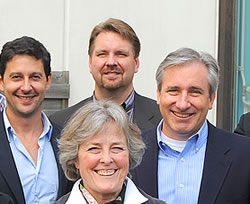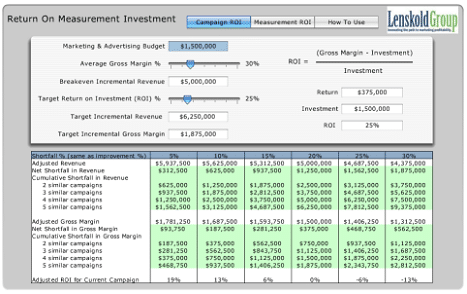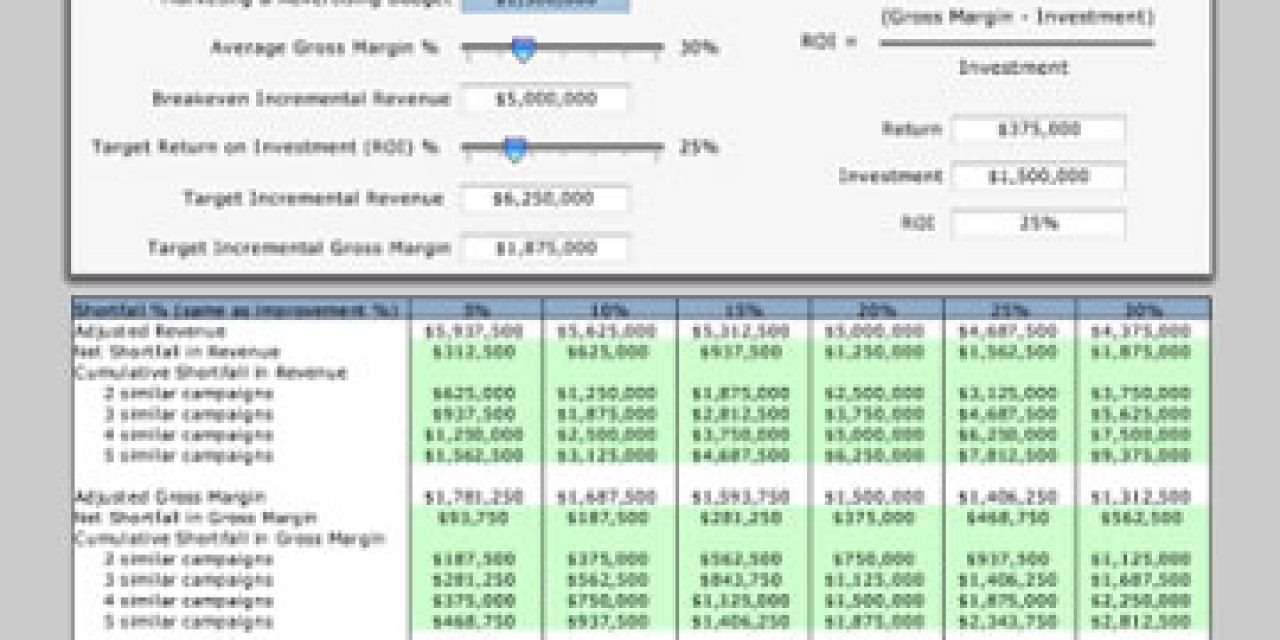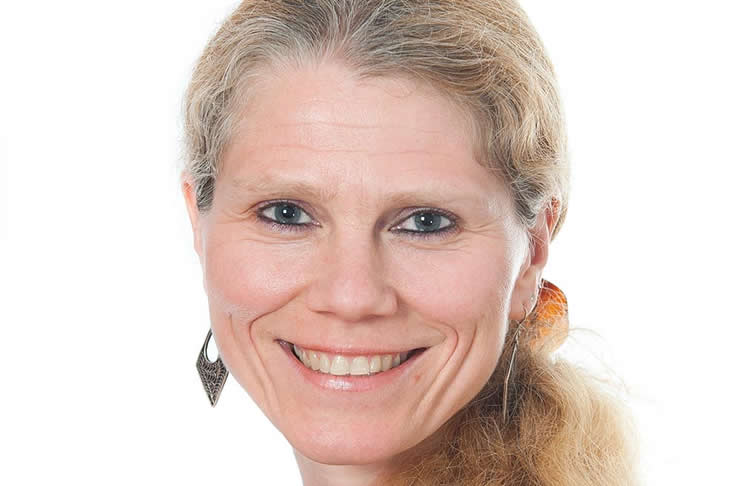Marketing ROI and marketing measurement serve the business and the customer.
In an interview with marketing ROI expert Jim Lenskold at the occasion of one of the events we organized, Jim explains his take on marketing ROI, why marketers often misunderstand it, why it’s important and the mistakes and missed opportunities regarding marketing measurements in general.

We need to be more strategic about marketing ROI and measurement, Jim says. We don’t measure for the sake of it but for many purposes. And one of them is certainly the need to do better from an integrated marketing perspective where the overall and increasingly digital “customer experience” and – from a business perspective- the overall customer lifetime value as a result – rule.
A business needs a marketing executive or champion who has that commitment to push for higher performing results. That’s really willing to make that effort to do the measurements and ROI you need to get the insights. In the age of Big Data we don’t only need data scientists, we need a data-driven culture. Everyone in marketing, including the CMO, will need at least some data skills soon.
Integrated marketing is, among many others, about that. However, data, measurement and marketing ROI are not just about reporting and improving business processes and return. They’re first of all about connecting everything to optimize the customer experience and integrate around the customer. They’re about better and more human business in an era of increased customer empowerment.

We started by asking JimLenskold to define marketing ROI since it seems everyone has different definitions nowadays, which leads to a Babylonian confusion.
Jim Lenskold: “You’re right, marketers don’t look at the term (marketing) ROI consistently, but it is an established financial term. It has a definition, return on investment. So, from a financial standpoint that means, what incremental profits were generated relative to the marketing investment that you did”.
“Leave it to marketers to be creative and come up with other things that the return could be such as awareness or response. However, that’s not good for the measurement, and it’s not good for us as marketers. You want to stay with the financial term, show that marking can generate incremental sales, revenue, and profits. By staying with that we work off better information and maintain credibility with the executives outside of marketing. Right there, that alone is worth it”.
Stepping up your marketing measurement game
“If you can’t measure it, it’s not marketing,” is a phrase you hear a lot lately. So we asked Jim what is his take on what can and cannot be measured.
Jim Lenskold: “I’m certainly an advocate for measurements. As marketers we need to develop highly effective strategies and that means many touchpoints. That some tactics are more measurable than others shouldn’t drive our marketing mix and our decisions. Instead, what we need to be able to do is to say, as marketers, “we’re responsible to get our target audience through to become high-value purchasers.”
True words. We are responsible to make it happen and the only way to do it is by being utterly customer-centric or even customer-obsessed.
Jim Lenskold: “We could step up our game on the measurement side through better measurements. We have a lot of missed opportunities in this area. For one, I think we really as marketers, focus too much on measuring tactics for the purpose of reporting. We have to be out there trying to drive effectiveness. So, we have to step up and be more strategic in our measurements, as well. It’s what we measure. It’s how we go about measuring that and really focusing on understanding how to integrate around the customer path to purchase. Find those weaknesses, experiment and test a way into more effective marketing; a lot of good techniques there that we could be using.”
Let me repeat one sentence to conclude: “It’s how we go about measuring that and really focusing on understanding how to integrate around the customer path to purchase.” And, that has everything to do with making the customer journey and customer experiences excellent across all potential touchpoints and in an integrated way.
In the end, the value of the customer life cycle is defined by the customer and he is demanding, connected and “empowered”.
The road to revenue is paved with multiple touchpoints across several channels. The customer is at the very heart of it, and with measurement and data you can develop the right strategies to help you succeed by helping your customers succeed.






